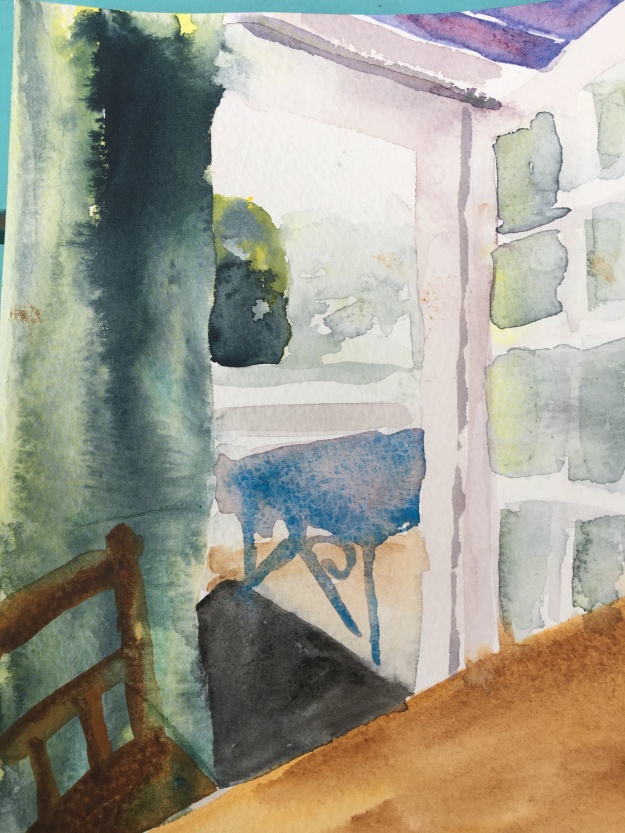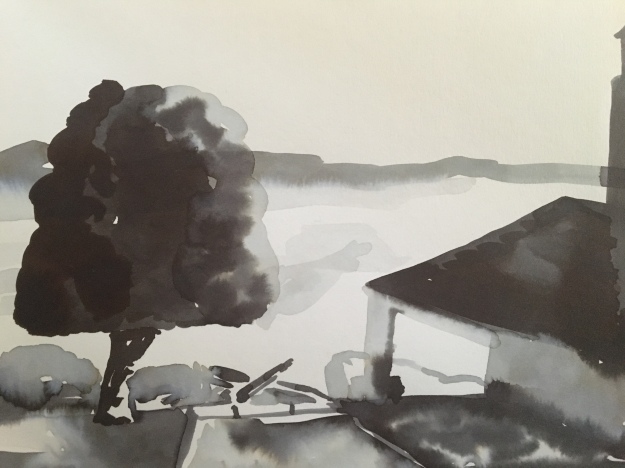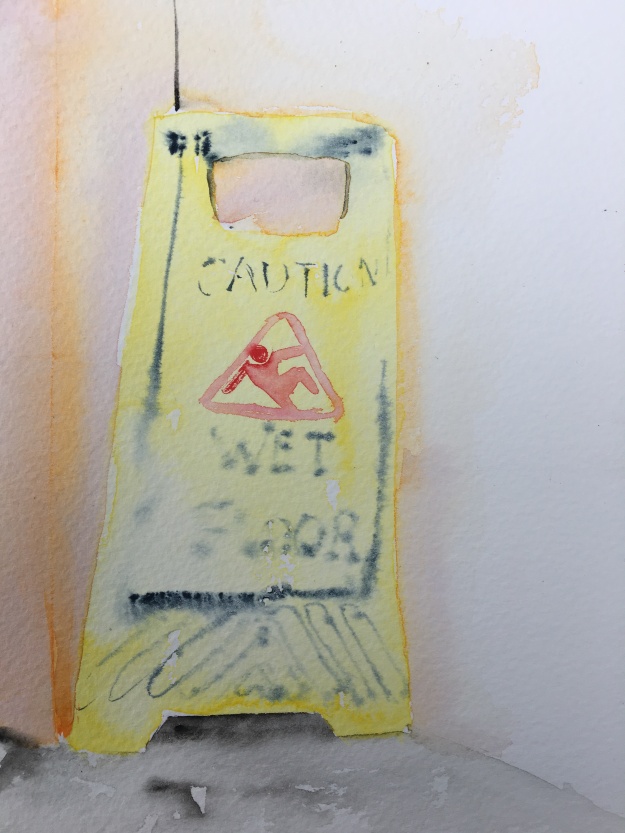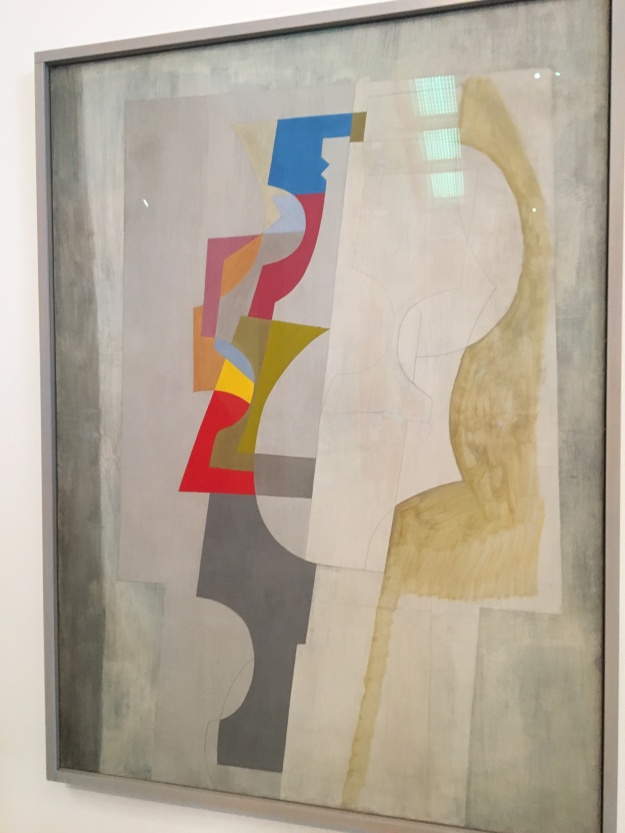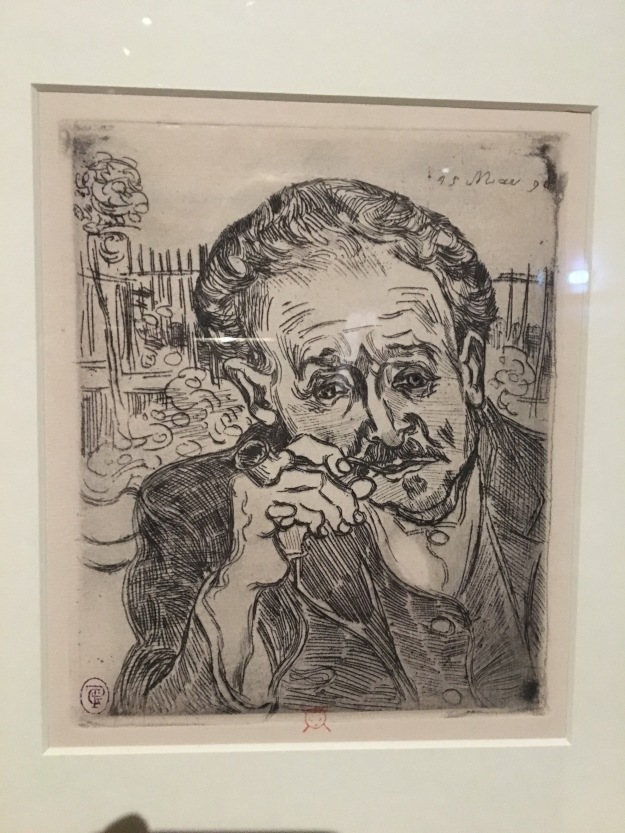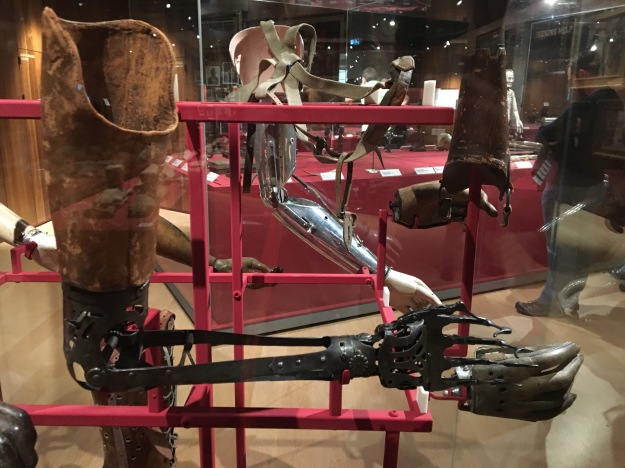I have to admit at first I thought this exercise looked crazy, who wants to paint rubbish?
Then I was inspired by a recent BBC program ‘Whose afraid of conceptual art’ which started with the presenter carefully opening a box with a scalpel as instructed by the artist Martin Creed [1] and revealing a crumpled up piece of A4 paper. A look at his website showed he had made this in 1995, and was now selling replicas for £180.This made family members roar with laughter. So I decided to make my own crumpled piece of paper, but this was still an idea stolen from Martin Creed, so how could I make it my own? When my back was turned, I found the crumpled ball had gained a sharpie ‘face’!
This is how Martin Creed’s work is presented, does the box and opening instructions make it feel more like art? I must admit that I thought his idea of turning on and off the lights of a gallery to make it art was a genius idea.

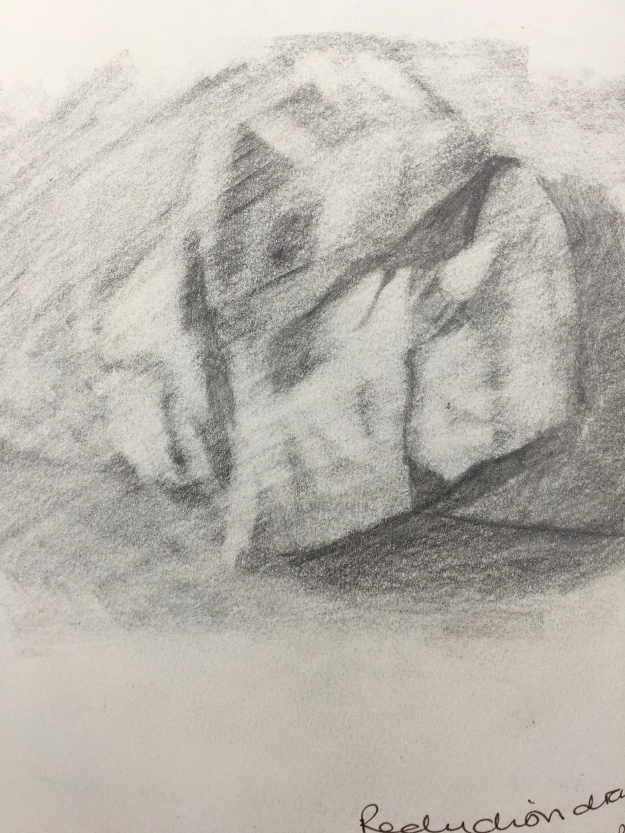

I drew three images – the first a tonal drawing, the second a reduction graphite and the third a blind contour drawing. I was struck with what beautiful shapes the crumpled piece of paper made.
For the first painting I was inspired by the painting of Barbara Howey [2] and Alex Hanna who I have discussed previously in this blog.
I liked Barbara’s use of tones here, its subtle and harmonious.

I tried out tones using cad red/yellow and ultramarine blue and decided most realistic were on the bluer side. I lit the paper with a bright light from the left and used a white background.

I used a thinned paint background, and wet in wet for the paper. I think this worked quite well, as there is the sense of a solid 3 D object there. I left in a lot of brush marks to add interest. I only used one paper ball, as I thought adding more wouldn’t necessarily make it more interesting.
For the second painting, I decided to try a black acrylic background.

I tried realistic tones again, but thought it too similar to the first painting. Then I tried other red, green and white which looked vibrant on the black. I couldn’t get the right textures with a brush, so I tried cut up card and that added interesting texture marks as well as straight edges and scraping some of the paint back.
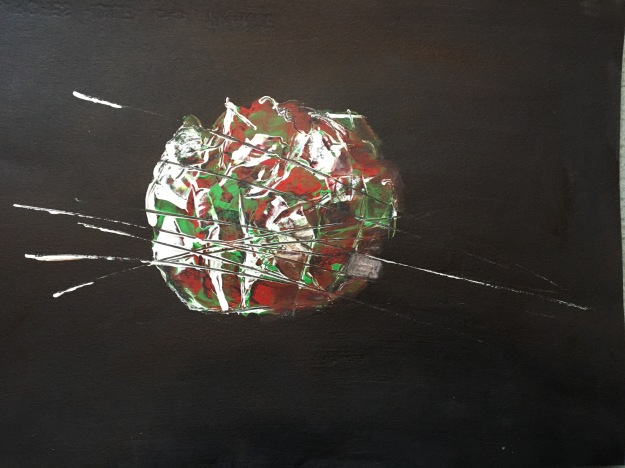
A3 acrylic on paper
I used ‘unlocking formula’ on the right side to blur the paint a bit as this was in shadow. I added one line for the back edge and then a few more because I liked the effect of dragging the card through the paint. This was a successful experiment in terms of trying out new things. The outcome maybe looks like a ball of wool and needles? It is quite abstract, but certainly something I can develop in the future.
I was interested in the effects of acrylic paint on masking fluid and candle wax marks. Neither worked well. I tried rubbing acrylic with rags but couldn’t get the defined geometric shapes I wanted, although outlining with black improved that. I also tried loading a brush each with a primary colour and dragging it through each other but it easily made a muddy colour. Acrylic ink worked best with the masking fluid so I decided to use that as a plastic ‘boundary’ to the ink, and use it wet on wet within to create some random patterns.
This time I used A2 paper.
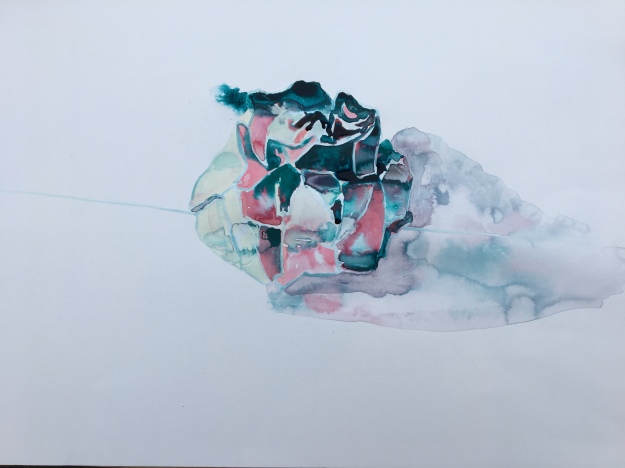
A2 acrylic ink/masking fluid on paper
Painting within each shape was quite painstaking but I liked the effects. Even the shadow ‘cauliflowered’ but after seeing the Georgia O’Keefe exhibition recently, I feel these accidental marks add something to a painting rather than it being technically perfect.
Again, not sure this is completely successful as it has lost its 3 D to become more abstract but useful techniques to try out for the future.
Did I make the paper ball my own? I certainly tried to be creative in painting it!
What could I improve next time? Developing the scraping with a card of acrylic and using masking fluid/acrylic ink. I enjoyed the tonal oil painting but that felt more traditional and not experimental.
References








